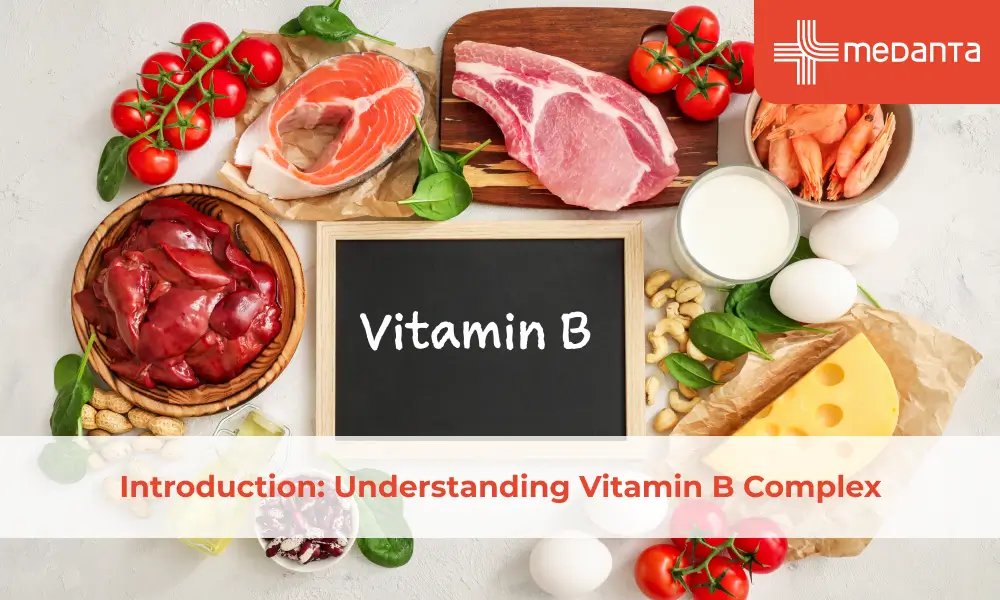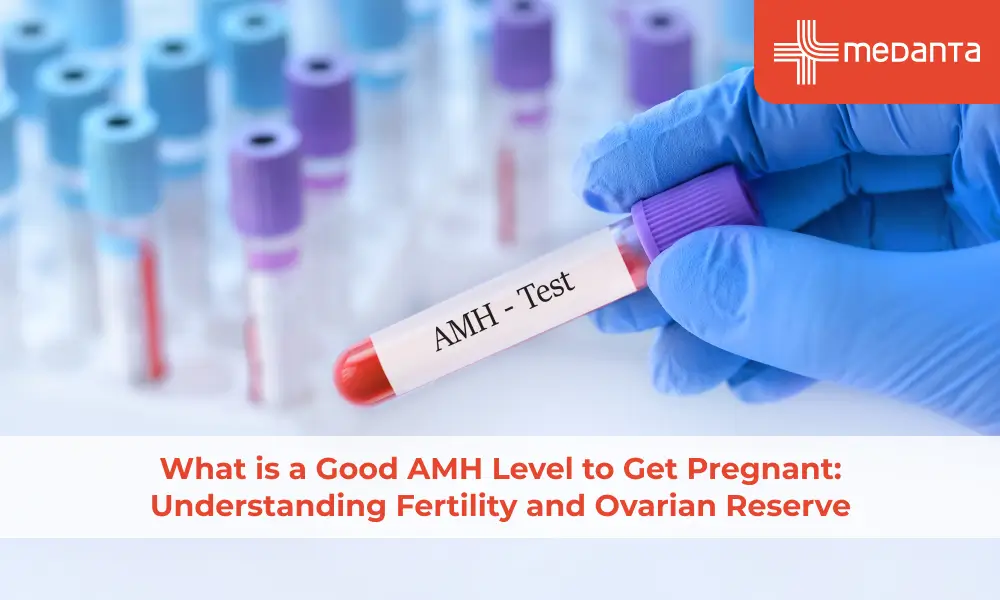5 Common GI Conditions That Can Be Treated with Surgery: What You Should Know

Did you know that every 2 out of 3 people suffer from gastrointestinal issues each year? That's a staggering number, isn't it? But what's even more surprising is that surgery can often be the key to relief. In this blog, we will explore five common GI conditions that can be treated with surgery and provide essential information to help you understand these conditions and the surgical options available.
Achalasia: The Swallowing Disorder
Achalasia is a gastrointestinal disorder that, although rare, poses significant challenges. It impacts the ability to swallow food and liquids effectively. This occurs when the lower esophageal sphincter (LES), which should relax to allow food into the stomach, malfunctions. Consequently, food gets stuck in the oesophagus, causing symptoms such as difficulty swallowing, regurgitation, and chest pain.
Surgical Treatment Options
- Laparoscopic Heller Myotomy: It is a surgical process that involves cutting the LES muscle to improve food passage into the stomach. This minimally invasive approach is often favoured because it offers a faster recovery time and causes less disruption to the body.
- Peroral Endoscopic Myotomy (POEM): POEM is a minimally invasive procedure performed using an endoscope. It involves creating a tunnel through the wall of the oesophagus to access and cut the muscle known as the lower esophageal sphincter (LES). This procedure helps improve the swallowing function.
After achalasia surgery, patients usually have a brief hospital stay and gradually resume their regular diet. Surgical treatment can greatly enhance the quality of life for individuals with achalasia.
Appendicitis: A Common Emergency
Appendicitis is a widely encountered surgical emergency, characterised by inflammation of the appendix, a small pouch connected to the large intestine. If not promptly attended to, this condition can pose life-threatening risks, underscoring the importance of early diagnosis.
Signs and Symptoms
- Abdominal pain, often starting around the navel and migrating to the lower right abdomen
- Loss of appetite
- Nausea and vomiting
- Fever and elevated white blood cell count
The main treatment for appendicitis is surgery to remove the inflamed appendix, called an appendectomy. This procedure can be done through open surgery or laparoscopic surgery. Laparoscopy is often preferred because it uses smaller incisions and allows for a faster recovery.
Gallbladder Disease: Battling the Bile
Gallbladder disease is a common gastrointestinal condition that occurs when gallstones form in the gallbladder. These small, hard deposits can cause symptoms like abdominal pain, bloating, and nausea.
Common Symptoms and Risk Factors of Gallbladder Disease
- Pain in the upper right abdomen
- Indigestion after fatty meals
- Female gender, obesity, and family history as risk factors
The most frequently performed surgical procedure for gallbladder disease is known as laparoscopic cholecystectomy, which involves the removal of the gallbladder. This procedure is generally safe and effective, offering patients a shorter hospital stay and quicker recovery than open surgery.
Although the gallbladder is not essential for survival, its removal can affect digestion, specifically the breakdown of fats from our diet. As a result, individuals who undergo this GI surgery might need to make dietary changes and avoid consuming high-fat foods.
Bowel Obstructions: When Things Get Blocked
Bowel obstructions happen when something blocks the usual movement of digestive contents through the intestines. This blockage can cause a lot of discomfort and may lead to complications. Several factors can contribute to bowel obstructions, such as scar tissue (adhesions), hernias, tumours, and inflammation.
Recognizing Symptoms and Causes of Bowel Obstructions
- Severe abdominal pain and cramping
- Abdominal distension
- Nausea and vomiting
- Constipation or inability to pass gas
When it comes to treating bowel obstructions, surgery is typically required. During the process, the cause of the obstruction is removed, and any damage to the intestines is repaired. The type of surgery performed (laparoscopic or open) depends on the severity and underlying cause of the obstruction.
The recovery process after bowel obstruction surgery varies depending on the patient's overall health and the severity of the obstruction. Patients may need to rest their bowels and gradually reintroduce food into their diet.
Bile Ducts: Navigating the Pathways
The bile ducts are essential for proper digestion as they carry bile from the liver to the small intestine. When these ducts are affected by disorders, it can result in various gastrointestinal issues that need medical treatment.
Common Bile Duct Disorders
- Gallstones obstructing the common bile duct
- Biliary strictures or narrowing
- Tumours blocking the ducts
Surgical Interventions
- Endoscopic Retrograde Cholangiopancreatography (ERCP): ERCP is a procedure that serves both diagnostic and therapeutic purposes. It is used to remove gallstones or to place stents in narrowed bile ducts. This procedure is carried out through an endoscope.
- Biliary Reconstruction: For more complex bile duct disorders, surgical reconstruction may be required to restore normal bile flow. This procedure involves creating a new pathway for the bile to travel.
The recovery process after bile duct surgery can differ based on the specific condition and complexity of the procedure. Patients will need thorough monitoring and follow-up care to ensure that normal bile flow is restored and to prevent any potential complications.
GI Surgery: Procedures and Techniques
GI surgery includes a variety of processes to diagnose and treat different gastrointestinal conditions. With advancements in surgical techniques and technology, many GI surgeries have become minimally invasive, resulting in shorter recovery times and reduced complications.
Minimally Invasive vs. Open Surgery
- Minimally Invasive Surgery: These processes, like Laparoscopy and Robotic Surgery, utilise small incisions and specialised tools to treat gastrointestinal conditions. They frequently lead to shorter hospital stays, reduced postoperative pain, and quicker recovery times.
- Open Surgery: In certain situations, open surgery may be required where a larger incision is made. This approach is typically used for more complex cases or when minimally invasive techniques are not appropriate or feasible.
The success of gastrointestinal surgery relies on the proficiency of the entire surgical team, encompassing surgeons, nurses, and anesthesiologists. Patients must have open discussions with their healthcare providers regarding surgical options and anticipated outcomes.
Conclusion
In exploring the world of gastrointestinal conditions and surgical treatments, we have witnessed remarkable advancements in medical science. From combating achalasia to addressing appendicitis, performing gallbladder surgeries with precision, and tackling bowel obstructions, our digestive systems prove both complex and resilient.
Knowledge about these conditions and available surgical solutions empowers us to prioritise our health. The takeaway is obvious: early diagnosis, prompt intervention, and a skilled surgical team can lead us toward a healthier and more fulfilling life.






